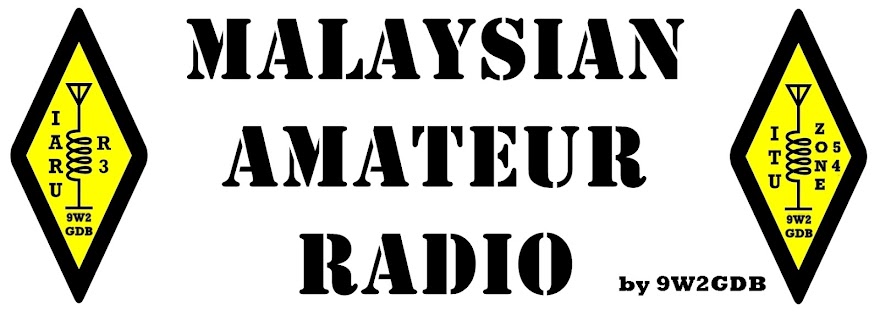Most cases of CTS are idiopathic (without known cause), genetic factors determine most of the risk, and the role of arm use and other environmental factors is disputed.
Night symptoms and waking at night--the hallmark of this illness--can be managed effectively with night-time wrist splinting in most patients. The role of medications, including corticosteroid injection into the carpal canal, is unclear. Surgery to cut the transverse carpal ligament is effective at relieving symptoms and preventing ongoing nerve damage, but established nerve dysfunction in the form of static (constant) numbness, atrophy, or weakness are usually permanent and do not respond predictably to surgery.



Symptoms
Many people that have carpal tunnel syndrome have gradually increasing symptoms over time. The first symptoms of CTS may appear when sleeping and typically include numbness and paresthesia (a burning and tingling sensation) in the thumb, index, and middle fingers, although some patients may experience symptoms in the palm as well. These symptoms appear at night because people tend to bend their wrists when they sleep, which further compresses the carpal tunnel.
Patients may note that they "drop things". It is unclear if carpal tunnel syndrome creates problems holding things, but it does increase sweating, which decreases friction between an object and the skin.
In early stages of CTS individuals often mistakenly blame the tingling and numbness on restricted blood circulation. They may also be at ease and accepting of the symptoms and believe their hands are simply “falling asleep”. In chronic cases, there may be wasting of the thenar muscles (the body of muscles which are connected to the thumb), weakness of palmar abduction of the thumb (difficulty bringing the thumb away from the hand).
Unless numbness or paresthesia are among the predominant symptoms, it is unlikely the symptoms are primarily caused by carpal tunnel syndrome. In effect, pain of any type, location, or severity with the absence of significant numbness or paresthesia is not likely to fall under this diagnosis.
Prevention
Current best evidence suggests that carpal tunnel syndrome is an inherent, structural disease determined primarily by one's genes. Therefore, carpal tunnel syndrome is probably not preventable.
Those who favor activity as a cause of carpal tunnel syndrome speculate that activity-limitation might limit the risk of developing carpal tunnel syndrome, but there is little or no data to support these concepts and they stigmatize and demonize arm use in way that risks increasing illness.
Recommendations for preventing carpal tunnel syndrome have poor scientific support. Several are listed here:
* Take frequent breaks from repetitive movement such as computer keyboard usage or use of browser-based games that encourage the user for excessive finger movement. Free software programs such as Workrave and Xwrits are available to remind users to take breaks and stretch their wrists.
* Reduce your force and relax your grip. Most people use more force than needed to perform many tasks involving the hands. If your work involves a cash register, for instance, hit the keys softly. For prolonged handwriting, use a big pen with an oversized, soft grip adapter and free-flowing ink. This way you won't have to grip the pen tightly or press as hard on the paper.
* Take frequent breaks. Every 15 to 20 minutes give your hands and wrists a break by gently stretching and bending them. Alternate tasks when possible. If you use equipment that vibrates or that requires you to exert a great amount of force, taking breaks is even more important.
* Watch your form. Avoid bending your wrist all the way up or down. A relaxed middle position is best. If you use a keyboard, keep it at elbow height or slightly lower.
* Improve your posture. Incorrect posture can cause your shoulders to roll forward. When your shoulders are in this position, your neck and shoulder muscles are shortened, compressing nerves in your neck. This can affect your wrists, fingers and hands.
* Keep your hands warm. You're more likely to develop hand pain and stiffness if you work in a cold environment. If you can't control the temperature at work, put on fingerless gloves that keep your hands and wrists warm.









2 comments:
ni ore blajar ms first year..sush gak ore nok pahe mula2..
Bagus mie..
mu stil dgn bulan sabit merah ke?
yup..still ngan bulan sabit lagi..
hehe..sambung kat msu nie..haha,
baru jah tubuh, awal bulan 1 lepas..
banyak gak program hok terlibat..ngee..
[sedak dok be'round' tau]
Post a Comment